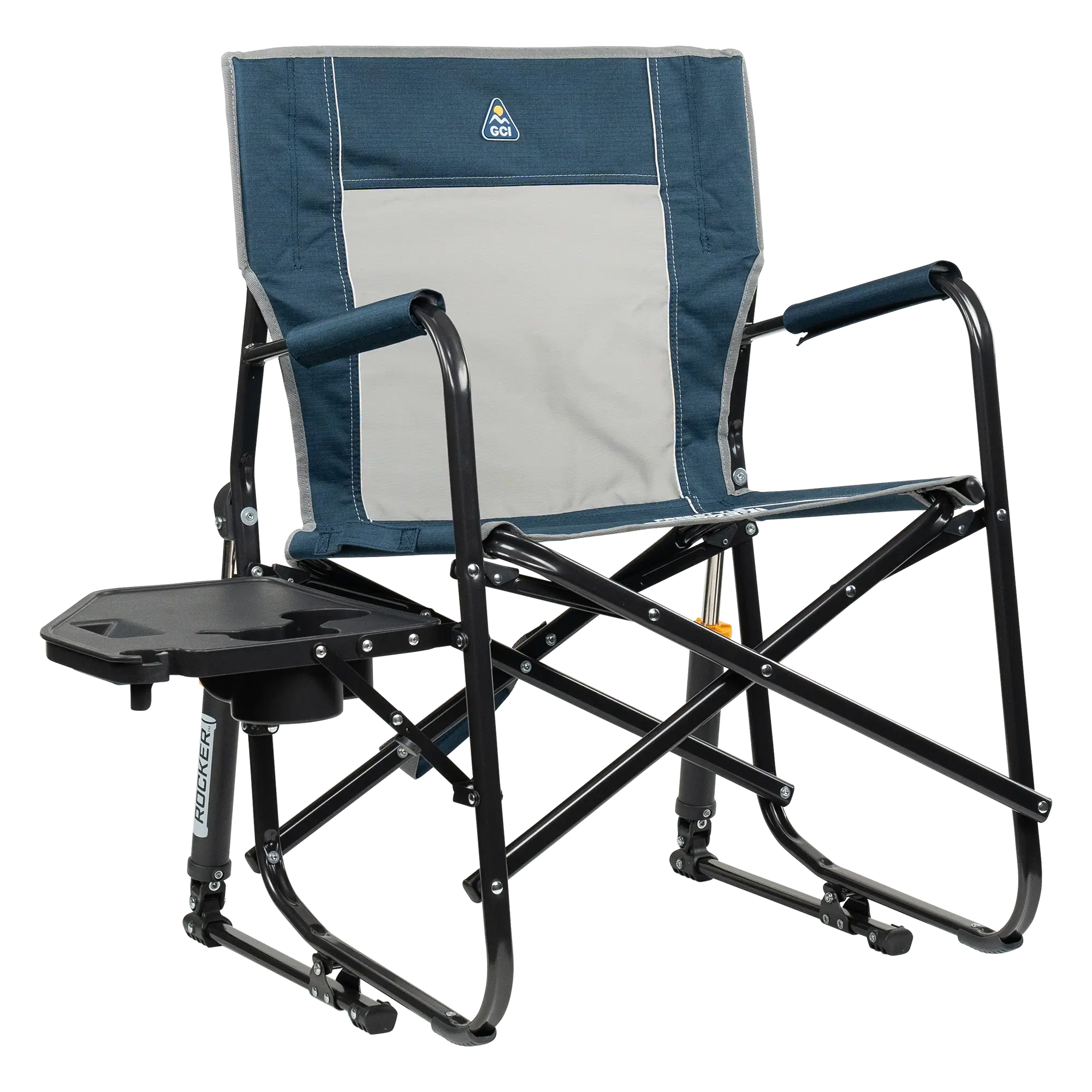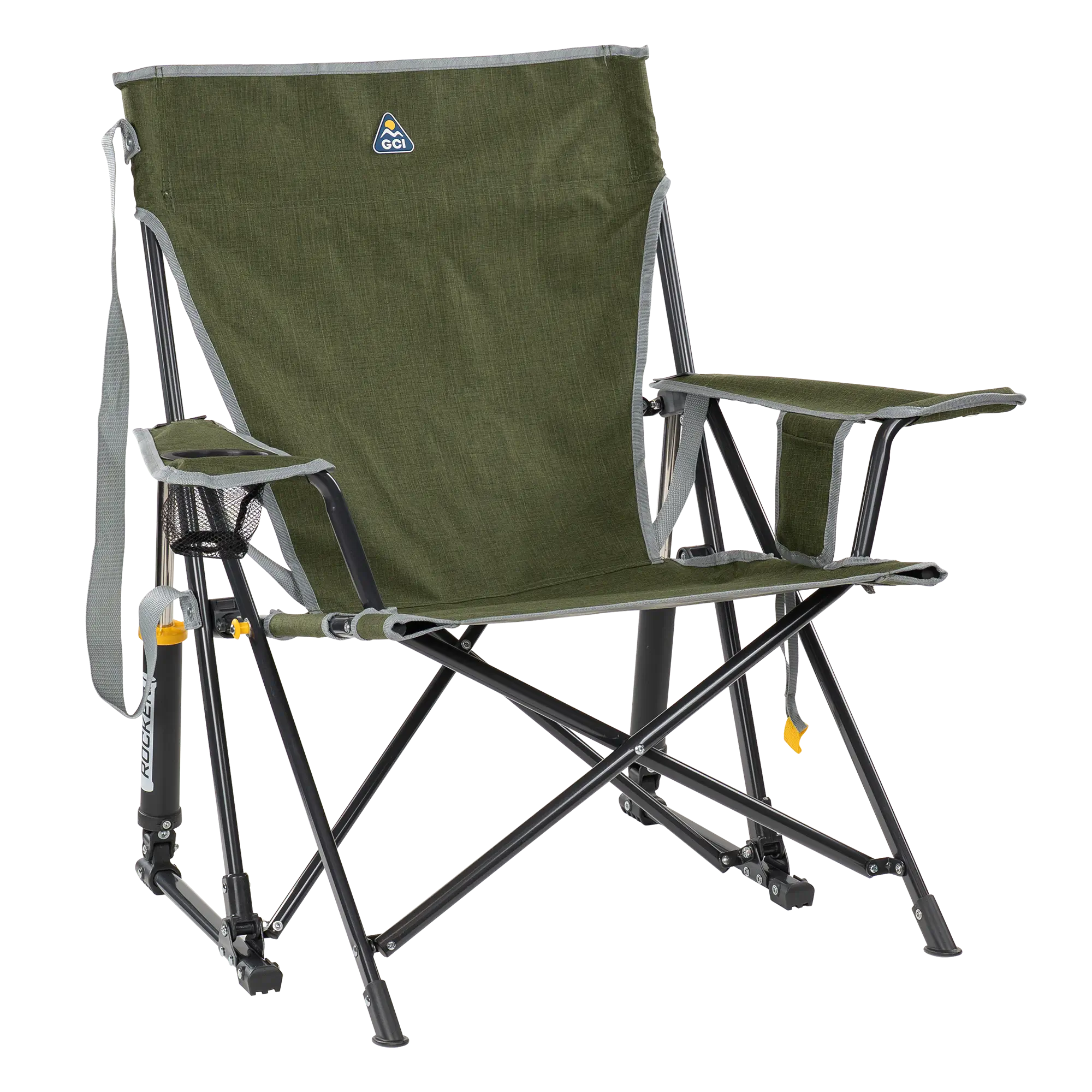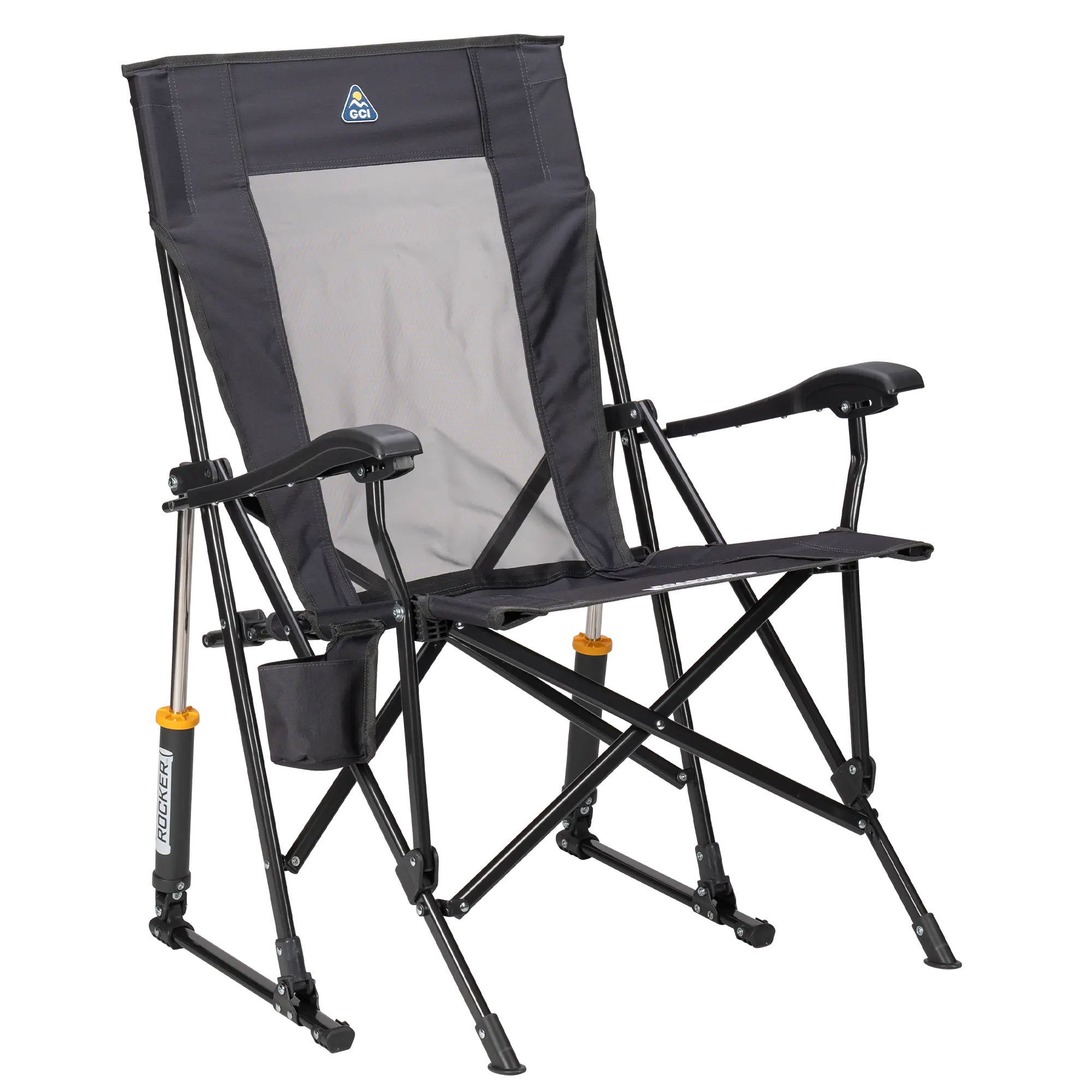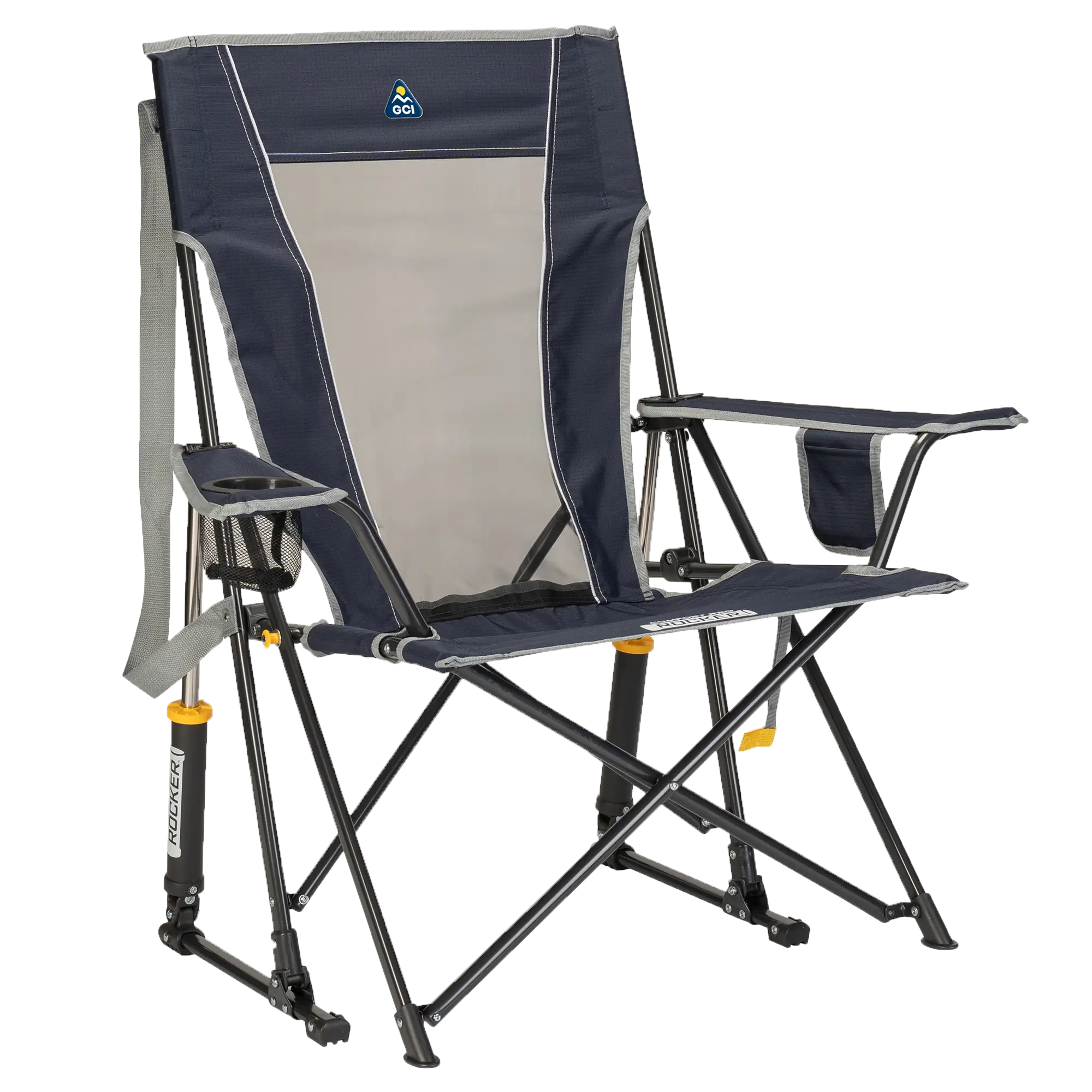Camping in the cold is the outdoor enthusiast’s best-kept secret. It’s everything you love about your typical camping trip—but with less crowded trails, your pick of camp sites, and even more awe-inspiring views. Days can be spent skiing or snowshoeing, or admiring the winter wonderland while staying warm by the fire.
We’re ecstatic to be able to leave the bug spray home—but there is one thing we don’t love about cold weather camping: actually being cold. A little planning can go a long way, so we’ve put together our favorite tips for keeping you comfortable while camping in the cold.

Plan in Advance
While a spur-of-the-moment camping trip can take advantage of good weather or an extra day off, it’s vital to make sure others know where you’re headed and when you’ll be back. Winter offers more obstacles—like icy roads and downed trees—that can leave you stranded.
Also, just as you would at any other time of the year, don’t forget to check the weather before you go. Know what the conditions will be like, and pack accordingly. Especially if you’re headed up into the mountains, weather can change quickly—and you need to be prepared. To that end, make sure to pack extra fuel, food, and water for your trip.

Protect Your Eyes
Think you can leave the sunglasses and sunscreen at home? Think again. Even if you’re not feeling its rays, the sun’s glare can be especially harsh when reflected off snow.
Another good option to reduce the glare: the SunShade Accessory. This large shade connects to a foldable chair with simple clamps. Featuring UPF 50 material and the option to swivel, this chair canopy blocks sunlight as you enjoy the scenery.

Layers, Layers, Layers
Once the fun has begun, layers are your best friend. Choose moisture-wicking synthetic fabrics or Merino wool—never cotton, which is difficult to dry out. Dress in several layers so that you feel cool (not chilled or overly warm) before beginning an activity. Keep extra layers handy, however—as you hike, ski, or otherwise trek around the area, keep your body temperature steady by putting on another layer when stopping for more than a few minutes.
Also pack a separate set of clothes for sleeping—any sweat left in the clothes you wear during the day will cool down and freeze you overnight.

Eat, Drink, & Be Merry
Meals are one of the best parts of cold weather camping—take advantage of the season and make sure your menu has abundant soups, stews, and of course, hot chocolate and coffee. In addition, pack a variety of nutrient-dense foods to keep your energy levels up. Foods that are simple to prepare will help you avoid standing around in the cold as you wait for your meal to cook, so include freeze-dried options as well.
If you won’t be bringing a complete water supply, you can rely on melted snow. Don’t eat snow—this can lead to hypothermia. Instead, first heat up some water in a pan to avoid scorching the snow, and slowly add fresh, white snow. You’ll need about 10 quarts of snow to make 1 quart of water.
Enjoying warm drinks around the campfire at night is a favorite ritual—make sure you’ve got a comfortable chair to help you savor this part! Our top recommendations are the Freestyle Rocker or the low-ride FirePit Rocker, both smooth-rocking chairs with mesh backrests for ventilation. (For extra-cold conditions, pair these chairs with a warm comforter!)

Sleep Tight
Getting a great night’s sleep means keeping warm overnight—and this requires advance planning and extra insulation.
Your setup should include a hooded mummy-style sleeping bag (which tapers at the feet and has a hood to leave only your face exposed). Choose synthetic insulation for camping in the snow, as this keeps its insulating properties when wet, making it a better choice than down. But don’t stop there—a warm sleeping mat can make or break your camping trip. Double up on the insulation and put the sleeping mat underneath a sleeping pad.
To keep your toes toasty throughout the night, put a hot water bottle (which you can wrap in socks) into the bottom of your sleeping bag. You can also throw tomorrow’s clothes into the sleeping bag—this will keep you warmer by reducing the empty space around your body, and as a bonus, you won’t have to change into freezing cold clothes in the morning!













